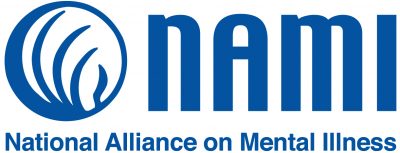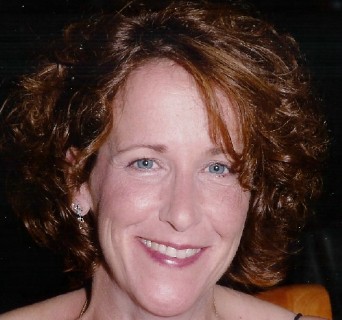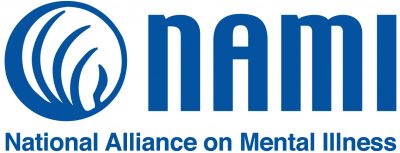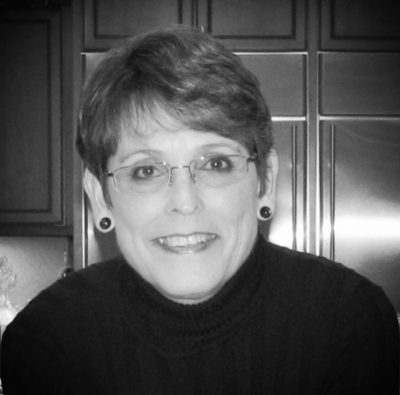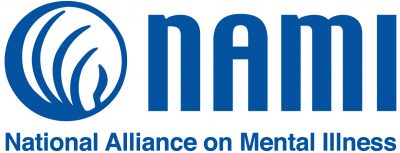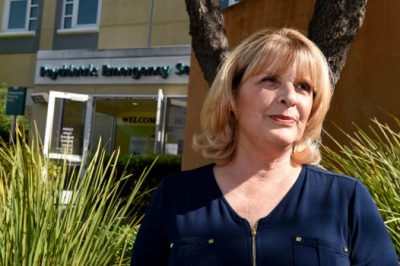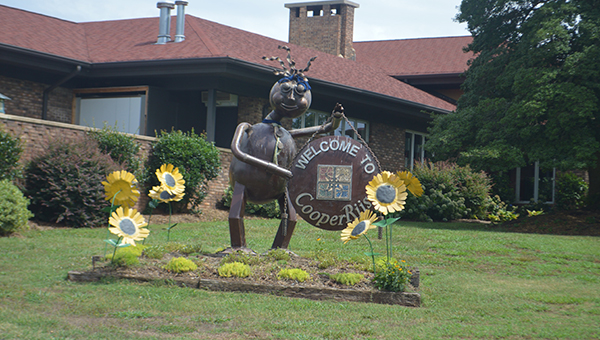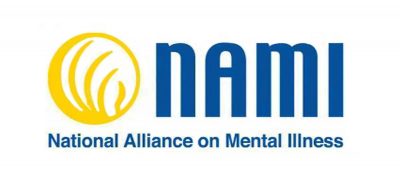
7-13-18) “Mark is an innovative leader who deserves recognition for his excellent work on the decriminalization of people with serious mental illness.” That’s how the National Alliance on Mental Illness described Mark Gale at NAMI’s 2017 national convention when he was presented with the Sam Cochran Criminal Justice Award. It was created to recognize “outstanding work in the criminal justice system to deal fairly and humanely with people living with mental illness.”
This blog is the final written by participants in a telephone call that was held by a consulting group helping NAMI develop a multi-year strategic plan. I first met Mark while researching my book, CRAZY: A Father’s Search Through America’s Mental Health Madness, when a mutual friend introduced us. We both had sons who’d been arrested because of their mental illnesses. Like the great father that he is, Mark jumped into NAMI with both feet and today he remains a tour de force in his home state of California. (Read more about him at the end of his open letter to NAMI.
A Personal Note to NAMI by Mark Gale
Dear NAMI,
Sixteen years ago, when crisis was an almost daily occurrence and we were alone with no one to help guide us, we met very special members of our organization who were brilliant people and passionate about helping our family. We also found support groups to help us heal and Family-to-Family classes to educate us. I have served as a Board member both at the local and state levels and continue my work today as the Criminal Justice Chair of the NAMI Los Angeles County Council. 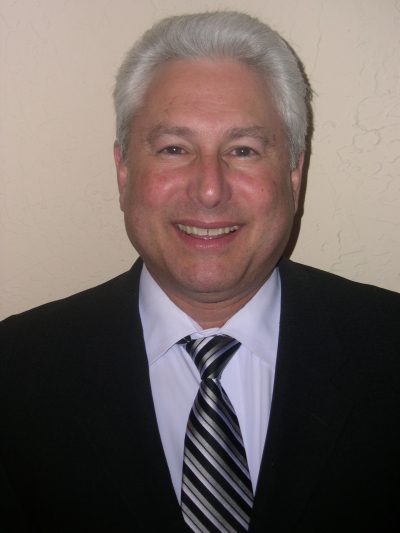
NAMI you are my brand and I am dedicated to our work, which is precisely why I feel compelled to share some thoughts with you.
At last year’s Convention, even though I had walked the Hill, advocated strongly, and was nationally honored by NAMI, which was an incredible moment for me, I returned home feeling troubled.
There was a divisiveness amongst us that was apparent and I believe damaging to the organization that I love.
